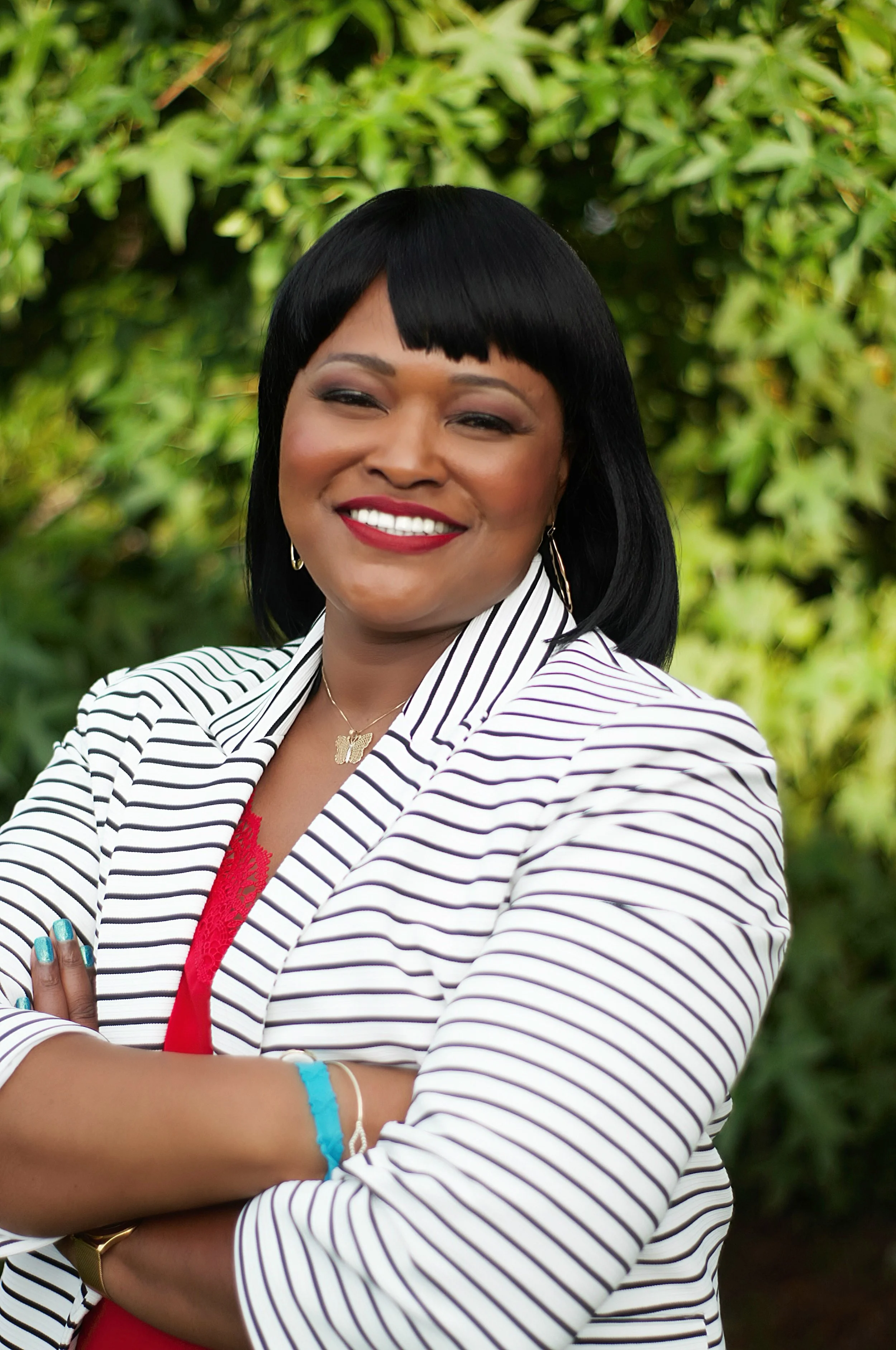Modern feminism: the background and backlash
By Georgia Tendall
Since its inception, feminism as a movement has been periodically resurrected to form what is commonly referred to as the ‘waves’ of feminism. In its most recent reincarnation, the movement entered its fourth wave, and a new feminist demographic emerged. Coupling old issues with new challenges and fresh attitudes, modern feminism is taking the internet by storm - but it doesn’t sit well with everyone.
The late nineteenth century birthed the first organised feminist movement, which was largely driven by the desire for political participation. Both British and American suffragettes became the figureheads of this era in women’s history, and pioneered the notion that equal representation would lay the foundation for equal rights. They were bold in their defiance at a time when women were legally and financially shackled to men. Facing ridicule, arrest, and violence, these early feminists formed the first collective voice against inequality. The incredible furore that they generated over many decades led to the eventual passing of legislation that granted women the right to vote in the UK and the US, in 1918 and 1920, respectively.
Although feminism did not disappear after this landmark achievement, the movement as a cultural phenomenon reduced to a simmer until the second wave came to fruition in the 1960s. While its predecessors primarily tackled political injustice, this feminist revival challenged social prejudice and proposed that inequality was part of a larger structure of oppression that permeated society at every level.
The publication of Betty Friedan’s The Feminine Mystique in 1963 signalled a shift in wider feminist discourse, fueling the public conversation surrounding the so-called ‘cult of domesticity’ that kept women tethered to the home.
In response, the movement focused its efforts on workplace rights, reproductive rights, and economic independence, acting as the catalyst for the Equal Pay Act of 1963 as well as the historic Roe v. Wade case in 1973, which legalised abortion.
In the 1990s, the third wave materialised. It essentially intensified the scrutiny under which the movement addressed social and political issues, and further radicalised the feminist dialogue. The acquisition of basic civil rights by the feminists of yore allowed this new generation to focus instead on the intricacies of patriarchal society whilst broadening the scope of womanhood. The third wave embraced traditional femininity whilst simultaneously rejecting its limitations. The problem was not femininity itself, but the objectification of it. Evident in the Riot Grrrl subculture and characterised by an atmosphere of rebellion, the feminists of the ‘90s often subverted this conventional femininity by using music and fashion as instruments of protest.
Several years into its fourth wave, the feminist movement maintains its campaign against the gender wage gap and stands firm in its pro-choice perspective, but now concentrates much of its energy on tackling sexual abuse. The allegations that came out in 2017 against Hollywood film producer Harvey Weinstein ignited the #MeToo Twitterstorm, and the spotlight on inequality and sexism in the arts began to burn fiercely. Sexual harassment, which was once overshadowed by the matter of civil rights, is no longer tolerated as the extent of its grasp on personal and professional relationships continues to transpire.
The current stage of feminism is also distinct in part due to its dissection of toxic masculinity and the parasitic effect it has on society, inviting men to join the cause as equal beneficiaries.
Whilst feminism is thriving, so is the opposition. In the 19th century, feminists were perceived as a threat to masculinity, domesticity, and religious values. By the second wave, conservative anti-abortionists were heavily hostile. Third wave feminists were considered vague in their agenda and were declared obsolete by many who believed that postfeminism had been reached. Today, feminism has shrugged off the derogatory stereotypes and has reclaimed the word ‘feminist’, creating an environment of empowerment within which the movement has edged into the mainstream.
Twitter, as a platform for free speech, has significantly aided in this surge of feminist activity, but it has also opened the floor for brazen criticism and blatant trolling. Words shared online are of disturbingly little consequence and provide the ideal playground for anti-feminists seeking an outlet for their misogyny. Many of these attacks echo the notion that women already have rights and freedoms, and therefore cannot possibly demand more. The #MeToo campaign unleashed a new threat upon the male ego, as men are forced to examine their own behaviour. Unsurprisingly, a lot of men decided instead to shift the blame back onto women by declaring that we are too sensitive, and insist that their inappropriate actions be accepted as compliments.
Women, too, have taken issue with the modern feminist movement.
The hashtag #WomenAgainstFeminism first surfaced in 2013 and generally adopts the theory that as long as men and women share equal rights then feminism is both unnecessary and unhelpful. Many of the ensuing comments under the hashtag suggest that the feminist viewpoint has skewed towards female superiority to the point of advocating misandry.
As well as opposition from outside the movement, there has also been significant backlash within the feminist camp itself. The mainstream movement has, throughout its history, been condemned for its very white, middle-class, cis-centred approach. During the second wave, black women in America were active participants, but the movement was not geared towards the African American experience. The Feminine Mystique spoke exclusively of the obstacles facing white, middle-class women who enjoyed the luxury of not working to simply survive. The forced sterilisation of black women in the United States was another issue that, alarmingly, remained off the mainstream feminist radar at the time.
Fast forward several decades, and the movement feels much more inclusive.
Social media has undoubtedly played a role in bridging the gap between feminist demographics and has ushered in a long overdue flood of diverse voices. It is far from perfect, however, as many high-profile feminists have been accused of promoting a whitewashed agenda that continues to overlook the specific concerns of minorities. More recently, the topic of cisnormativity arose, and the essence of exclusion was further exposed. As the definitions of womanhood and femininity expand to include the transgender identity, it has been argued that the movement has struggled to keep pace.
History shows that feminism as a social and political force is flawed. The rise and fall of the waves inevitably drag with them a murky fallout. The backlash has always been just as consistent as the support, but has found new life in the cavernous expanse of the internet. It is essential, now more than ever, to view feminism as a continually evolving and blossoming movement that thrives only when we take time to wholeheartedly listen and accommodate all experiences. Resistance is unavoidable, as with any powerful pursuit, and we must use it to fuel the feminist fire.


















Take inspiration from Our Shared Shelf and get your hands on these books.